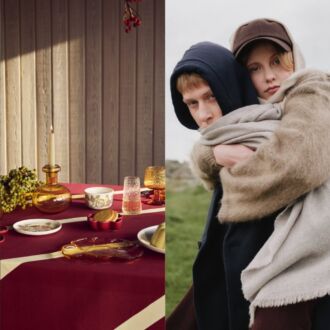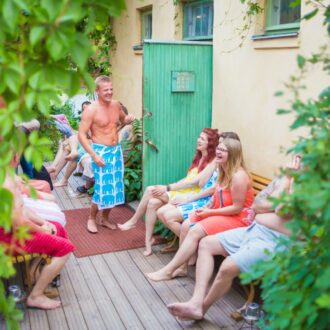“In literary poetry Finland lags far behind many other nations; but this need not greatly trouble us, for in folk poetry it is among the leaders.”
So wrote the Finnish scholar-physician Elias Lönnrot (1802-84) in his preface to the Kanteletar, published in Helsinki in 1840-41. This collection of more than 660 lyrics and ballads is the companion work to the national epic, the Kalevala.
Both works were compiled by Lönnrot from poetry passed on by word of mouth over many centuries and written down by scholars from the late 1800s onward, in the belief that national identity had its roots in folklore. Finland has one of the richest stores of folk poetry in the world. The Kalevala is world-famous; less so the Kanteletar, though it too has great beauty and power.
Many of the lyrics reflect peasant wisdom. Here is a mother advising her son on the choice of a wife:
My offspring, my younger one
my child, my baby
if you want to wed well, to
bring me a daughter-in-law
don’t propose on a Sunday
on the church path don’t betroth:
then even a piglet shines
and even a sow wears silk;
the very worst concubines
hurry along the chuch path
all got up in blue stockings
all made up in red laces
their heads bound in silk
their hair tied in braids.
Weekdays are the better time:
do your wiwing then, my boy!
Take one from the throshing-floor
from those holding flails choose one
from those grinding betroth one
who has her coat on crooked
or straight without meaning it
whose kerchief has hoarfrost on
her bottom dusty from the stamper
her body white from grinding!
(1:88)
The most famous lyric is based on a folk poem translated into German by Goethe. A girl is missing her beloved:
Should my treasure come
my darling step by
I’d know him by his coming
recognise him by his step
though he were still a mile off
or two miles away.
As mist I’d go out
as smoke I would reach the yard
as sparks I woud speed
as flame I would fly;
I’d bowl along beside him
pout before his face.
I would touch his hand
though a snake were in his palm
I would kiss his mouth
though doom stared him in the face
I’d climb on his neck
though death were on his neck bones
I’d stretch beside him
though his side were all bloody.
(2:43)
The ballads are narrative poems about events outside the Kalevala. The longest is a 25-page sequense of stories about the Virgin Mary from Eastern Orthodox tradition, including a curious account of the Nativity:
On Christmas Day God was born
the best boy when there was frost:
the moon rose, the sun came up
the dear sunlight woke
and the stars of heaven danced
and the Great Bear made merry
when the Creator was born
the most merciful appeared.
(3:6)
Other ballads include one about the martyrdom of Henry, Finland’s patron saint, who – we are told – was born in “Gabbageland”, which is probably England; the grim tale of a 15. lord who married the peasant Elina and ended up murdering her, and a myth-poem about the theft of the moon and sun. The hero who recovers them places them half way up a tree, for only from there will they shine on rich and poor alike. This poem, from the incomplete second edition of 1887, is available in print – original and translation- only in the English selection: The Kanteletar, translated by Keith Bosley (Oxford University Press paperback, 1992), who also contributed this article. Oxford University Press has also published a Bosley translation of the Kalevala.
By Keith Bosley, March 2000



